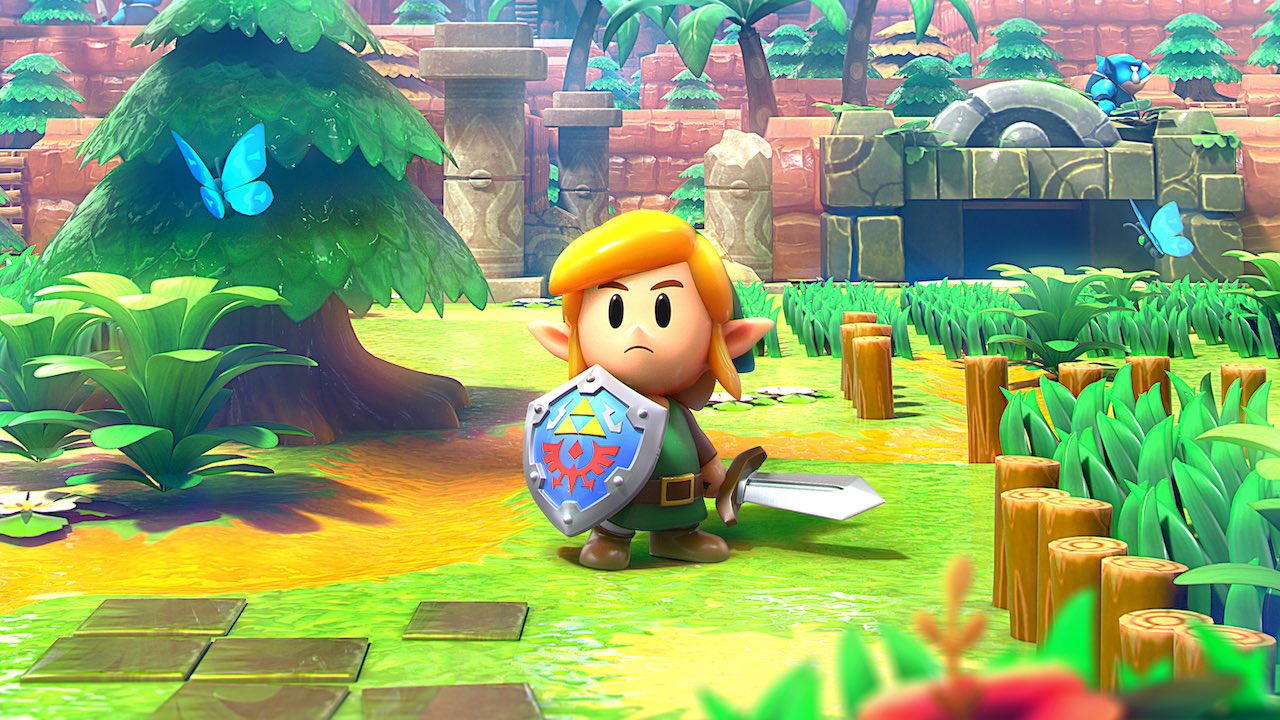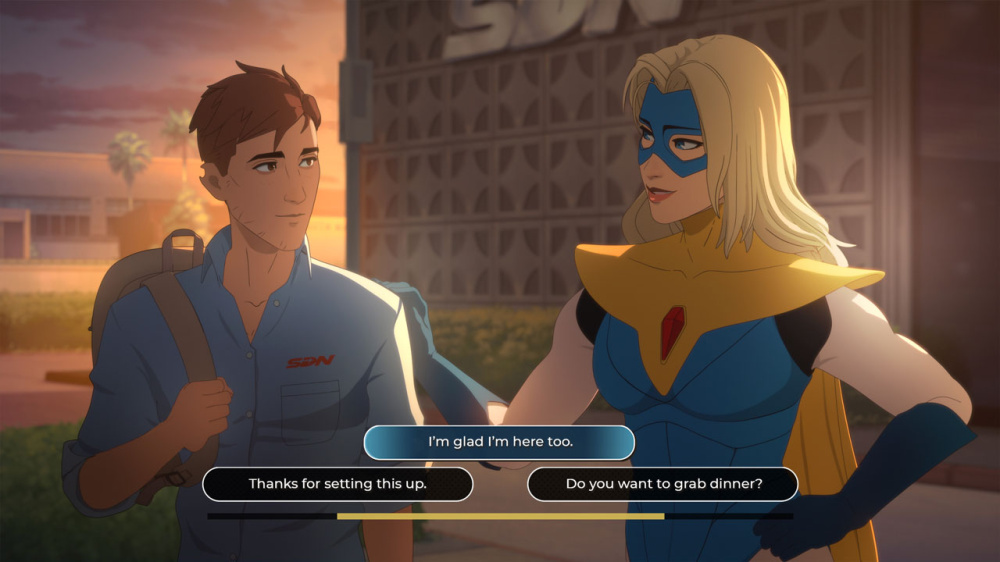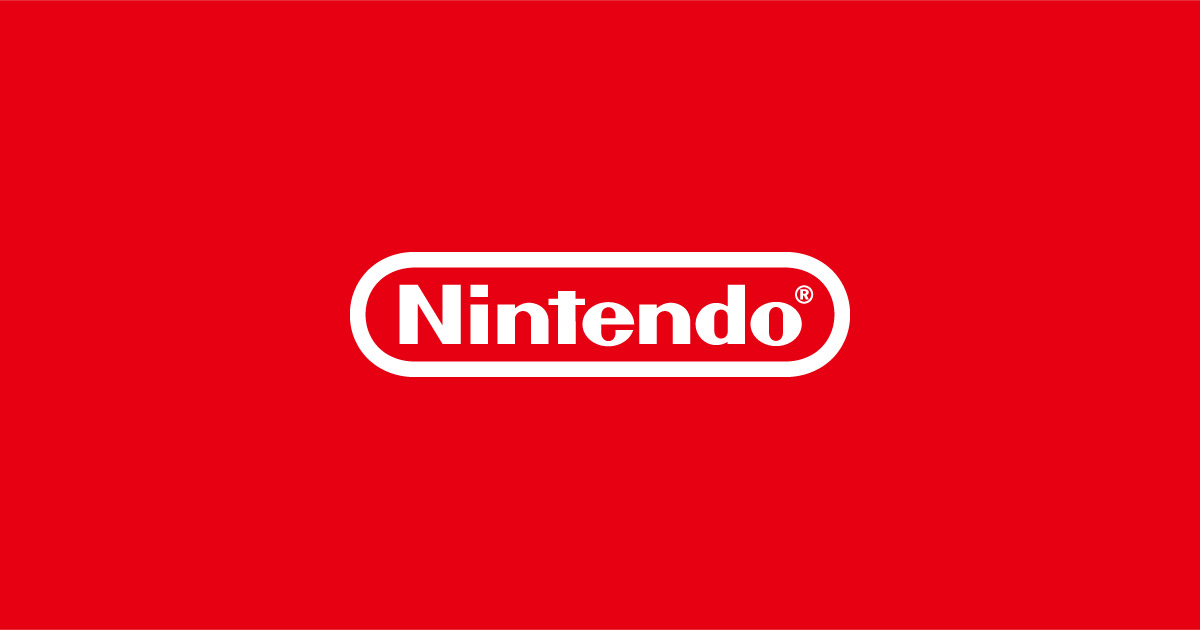The Legend of Zelda: Link’s Awakening is a landmark title in Nintendo’s extensive history, originally released on the Game Boy in 1993.
Over two decades after its debut, Nintendo and developer Grezzo have faithfully remade this beloved adventure for the Nintendo Switch, offering both returning fans and newcomers an opportunity to explore Koholint Island with modern enhancements.
Known for their previous remakes—such as The Legend of Zelda: Ocarina of Time 3D and Majora’s Mask 3D—Grezzo brings experienced craftsmanship to this classic’s revival. From its release on September 20, 2019, The Legend of Zelda: Link’s Awakening for Nintendo Switch has drawn praise for its vibrant, toy-like art style and updated gameplay.
Grezzo’s redesign transforms the once monochrome landscapes of the Game Boy into colorful, fully realized diorama-style environments, capturing the mystery and charm that made the original so memorable.
Every element, from the dramatic storm that shipwrecks Link on Koholint Island to the whimsical cast of characters—like Madame Meowmeow and BowWow—has been meticulously updated for the Switch generation. In the remake, core gameplay improvements stand out as a testament to Nintendo and Grezzo’s commitment to accessibility and enjoyment.
Thanks to the Switch’s improved control options, players no longer have to repeatedly open the inventory to switch key items.
Standard actions such as swinging the sword or hoisting the shield are now mapped to dedicated buttons, while situational items like Roc's Feather or the Magic Rod can be quickly equipped to the X and Y buttons.
The user interface also benefits from modern conveniences, including map pins for easy navigation and a ‘Memories’ feature to revisit important conversations—essential tools for both seasoned gamers and those venturing into the world of Zelda for the first time. A major new addition comes in the form of the Chamber Dungeon mode, hosted by the series’ recurring character, Dampé.
Players earn chambers by completing dungeons in the story, then arrange these predesigned rooms to create custom dungeon challenges.
While not as extensive as some had hoped, like a "Zelda Maker," this feature adds replay value and incentivizes experimentation with dungeon layouts.
Players can also use amiibo to unlock additional content within this mode. On the audio front, the remake features a re-imagined soundtrack performed by a live ensemble, breathing new life into iconic compositions that set the mood for every moment on Koholint Island.
Combined with the graphical overhaul, these upgrades make the world feel richer and more immersive than ever before. Still, Link’s Awakening on Nintendo Switch is not without minor drawbacks.
Some players have noted occasional frame rate inconsistencies that can distract from the experience.
Even with the inclusion of a Hero Mode offering greater challenge, the overall difficulty may not meet the expectations of series veterans seeking a tough journey. Ultimately, Grezzo’s faithful recreation of The Legend of Zelda: Link’s Awakening not only preserves the magic of the original, but also elevates it with thoughtful enhancements.
For anyone eager to relive or newly discover one of Nintendo’s most enigmatic adventures, this remake stands as a benchmark for how classic games should be brought to modern platforms.
Available now on the Nintendo Switch via physical release and the eShop, Link’s Awakening is a shining example of Nintendo’s dedication to reimagining its heritage for the next generation.
Over two decades after its debut, Nintendo and developer Grezzo have faithfully remade this beloved adventure for the Nintendo Switch, offering both returning fans and newcomers an opportunity to explore Koholint Island with modern enhancements.
Known for their previous remakes—such as The Legend of Zelda: Ocarina of Time 3D and Majora’s Mask 3D—Grezzo brings experienced craftsmanship to this classic’s revival. From its release on September 20, 2019, The Legend of Zelda: Link’s Awakening for Nintendo Switch has drawn praise for its vibrant, toy-like art style and updated gameplay.
Grezzo’s redesign transforms the once monochrome landscapes of the Game Boy into colorful, fully realized diorama-style environments, capturing the mystery and charm that made the original so memorable.
Every element, from the dramatic storm that shipwrecks Link on Koholint Island to the whimsical cast of characters—like Madame Meowmeow and BowWow—has been meticulously updated for the Switch generation. In the remake, core gameplay improvements stand out as a testament to Nintendo and Grezzo’s commitment to accessibility and enjoyment.
Thanks to the Switch’s improved control options, players no longer have to repeatedly open the inventory to switch key items.
Standard actions such as swinging the sword or hoisting the shield are now mapped to dedicated buttons, while situational items like Roc's Feather or the Magic Rod can be quickly equipped to the X and Y buttons.
The user interface also benefits from modern conveniences, including map pins for easy navigation and a ‘Memories’ feature to revisit important conversations—essential tools for both seasoned gamers and those venturing into the world of Zelda for the first time. A major new addition comes in the form of the Chamber Dungeon mode, hosted by the series’ recurring character, Dampé.
Players earn chambers by completing dungeons in the story, then arrange these predesigned rooms to create custom dungeon challenges.
While not as extensive as some had hoped, like a "Zelda Maker," this feature adds replay value and incentivizes experimentation with dungeon layouts.
Players can also use amiibo to unlock additional content within this mode. On the audio front, the remake features a re-imagined soundtrack performed by a live ensemble, breathing new life into iconic compositions that set the mood for every moment on Koholint Island.
Combined with the graphical overhaul, these upgrades make the world feel richer and more immersive than ever before. Still, Link’s Awakening on Nintendo Switch is not without minor drawbacks.
Some players have noted occasional frame rate inconsistencies that can distract from the experience.
Even with the inclusion of a Hero Mode offering greater challenge, the overall difficulty may not meet the expectations of series veterans seeking a tough journey. Ultimately, Grezzo’s faithful recreation of The Legend of Zelda: Link’s Awakening not only preserves the magic of the original, but also elevates it with thoughtful enhancements.
For anyone eager to relive or newly discover one of Nintendo’s most enigmatic adventures, this remake stands as a benchmark for how classic games should be brought to modern platforms.
Available now on the Nintendo Switch via physical release and the eShop, Link’s Awakening is a shining example of Nintendo’s dedication to reimagining its heritage for the next generation.






